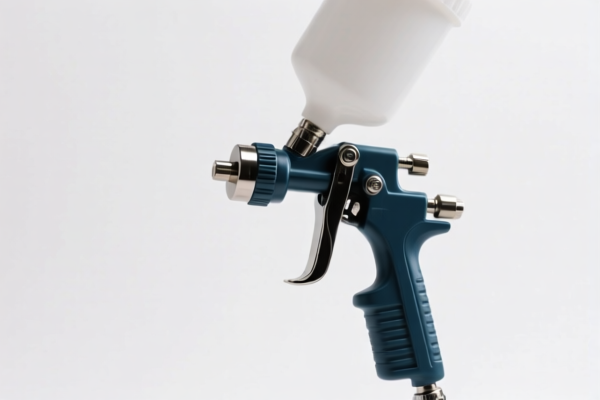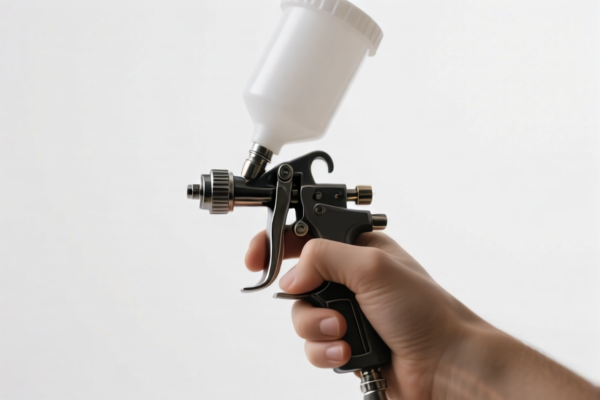| HS Code | Official Doc | Tariff Rate | Origin | Destination | Effective Date |
|---|---|---|---|---|---|
| 9302000090 | Doc | 14¢ each + 3%+37.5% | CN | US | 2025-05-12 |
| 9303908000 | Doc | 37.5% | CN | US | 2025-05-12 |
| 9304002000 | Doc | 41.4% | CN | US | 2025-05-12 |
| 9304004000 | Doc | 37.5% | CN | US | 2025-05-12 |
| 9307000000 | Doc | 40.2% | CN | US | 2025-05-12 |
| 9305996000 | Doc | 40.4% | CN | US | 2025-05-12 |
| 9305994000 | Doc | 30.0% | CN | US | 2025-05-12 |
| 9301903020 | Doc | 4.7% on the value of the rifle + 20% on the value of the telesco+37.5% | CN | US | 2025-05-12 |
| 9301906000 | Doc | 40.1% | CN | US | 2025-05-12 |
| 8424899000 | Doc | 56.8% | CN | US | 2025-05-12 |
| 8424891000 | Doc | 55.0% | CN | US | 2025-05-12 |
| 8467191000 | Doc | 42.0% | CN | US | 2025-05-12 |
| 8467920090 | Doc | 37.5% | CN | US | 2025-05-12 |




Air Gun
An air gun, also known as an air rifle or air pistol, is a type of gun that propels projectiles using compressed air. Unlike firearms, air guns do not rely on the combustion of gunpowder for propulsion.
Material
Air guns are constructed from a variety of materials, with common components including:
- Barrel: Typically steel, providing the rifling for projectile accuracy.
- Receiver: Often metal alloys (aluminum, steel) or polymer, housing the internal mechanisms.
- Stock/Grip: Polymer, wood, or composite materials for ergonomics and stability.
- Air Reservoir: Steel, aluminum, or high-pressure polymer for storing compressed air.
- Internal Components: Steel, brass, and polymers for valves, pistons, and springs.
Purpose
Air guns serve a range of purposes:
- Sport Shooting: Popular for target practice, competition, and recreational shooting. Disciplines include 10-meter air rifle, field target, and benchrest shooting.
- Pest Control: Used for controlling rodents, birds, and other small pests in agricultural and residential settings.
- Hunting: Smaller game animals such as rabbits, squirrels, and birds can be hunted with appropriate air guns and within legal regulations.
- Training: Used as a cost-effective training tool for firearm handling skills.
- Collecting: Vintage and modern air guns are often collected as hobbies.
Function
Air guns operate on several primary mechanisms:
- Spring-Piston: A spring is compressed by manually cocking the gun, releasing energy to drive a piston that compresses air.
- Gas Piston: Similar to spring-piston, but uses a gas cylinder instead of a coiled spring.
- Pump Pneumatic: Air is pumped into a reservoir with each stroke of a lever, building pressure for propulsion.
- Pre-Charged Pneumatic (PCP): A reservoir is pre-filled with high-pressure air from an external source (compressor or scuba tank). These typically offer higher power and accuracy.
- CO2: Uses compressed carbon dioxide cartridges to propel projectiles. Common for lower-powered air pistols and some rifles.
Usage Scenarios
- Indoor Shooting Ranges: Spring-piston and CO2 air guns are often used in indoor ranges due to their relatively quiet operation and lower power.
- Outdoor Ranges: PCP and pump pneumatic air guns are suitable for outdoor ranges with appropriate backstops.
- Backyards/Private Property: Pest control and target practice can be conducted on private property with safety precautions.
- Hunting Fields: Hunting with air guns requires adherence to local hunting regulations and ethical considerations.
Common Types
- Air Rifles: Long-barreled air guns designed for accuracy at longer ranges.
- Sporter Rifles: General-purpose rifles for target shooting and small game hunting.
- Target Rifles: Designed for high precision in competition shooting.
- Breakbarrel Rifles: The barrel pivots to load pellets.
- Underlever Rifles: The barrel is loaded via a lever beneath the barrel.
- Air Pistols: Handheld air guns used for target shooting, competition, and recreation.
- Single-Shot Pistols: Requires manual loading of each pellet.
- Multi-Pump Pistols: Air is pumped into a reservoir before each shot.
- CO2 Pistols: Uses CO2 cartridges for propulsion.
- Blowback Pistols: Mimic the action of semi-automatic firearms.
- Air Revolvers: Similar to revolvers, using compressed air for propulsion.
- Big Bore Airguns: High-powered airguns designed for larger game animals.
Air guns fall under several potential classifications based on their specific characteristics and function. Here's a breakdown of relevant HS codes based on the provided information:
-
9304002000: This code covers “Other arms (for example, spring, air or gas guns and pistols, truncheons), excluding those of heading 9307: Pistols, rifles and other guns which eject missiles by release of compressed air or gas, or by the release of a spring mechanism or rubber held under tension: Rifles”. This applies specifically to rifles that operate using compressed air or gas, or spring mechanisms.
- 93: Chapter 93 – Arms and ammunition; parts and accessories thereof.
- 04: Heading 9304 – Other arms (excluding those of heading 9307).
- 002000: Subheading 9304.00.20 – Pistols, rifles and other guns which eject missiles by release of compressed air or gas, or by the release of a spring mechanism or rubber held under tension: Rifles.
-
9304004000: This code covers “Other arms (for example, spring, air or gas guns and pistols, truncheons), excluding those of heading 9307: Pistols, rifles and other guns which eject missiles by release of compressed air or gas, or by the release of a spring mechanism or rubber held under tension: Other”. This applies to air guns (pistols, rifles, etc.) that operate using compressed air or gas, or spring mechanisms, but are not specifically classified as rifles.
- 93: Chapter 93 – Arms and ammunition; parts and accessories thereof.
- 04: Heading 9304 – Other arms (excluding those of heading 9307).
- 004000: Subheading 9304.00.40 – Pistols, rifles and other guns which eject missiles by release of compressed air or gas, or by the release of a spring mechanism or rubber held under tension: Other.
-
8467191000: This code covers “Tools for working in the hand, pneumatic, hydraulic or with self-contained electric or nonelectric motor, and parts thereof: Pneumatic: Other: Suitable for metal working”. If the air gun is specifically designed and used for metalworking, it may fall under this classification.
- 84: Chapter 84 – Nuclear reactors, boilers, machinery and mechanical appliances; parts thereof.
- 67: Heading 8467 – Tools for working in the hand, pneumatic, hydraulic or with self-contained electric or nonelectric motor, and parts thereof.
- 191000: Subheading 8467.19.10 – Pneumatic: Other: Suitable for metal working.
Tax Rate Information:
- 9304002000 & 9304004000: Both have a base tariff of 3.9% + 3% additional tariff, and a 7.5% additional tariff. After April 2, 2025, an additional 30.0% tariff will be applied, resulting in a total tariff of 41.4% (for 9304002000) or 37.5% (for 9304004000).
- 8467191000: Has a base tariff of 4.5% + 3% additional tariff, and a 7.5% additional tariff. After April 2, 2025, an additional 30.0% tariff will be applied, resulting in a total tariff of 42.0%.
Important Note: The correct HS code classification depends on the specific characteristics and intended use of the air gun. If the air gun is designed for metalworking, 8467191000 may be appropriate. Otherwise, 9304002000 or 9304004000 are more likely to be applicable.
Customer Reviews
No reviews yet.